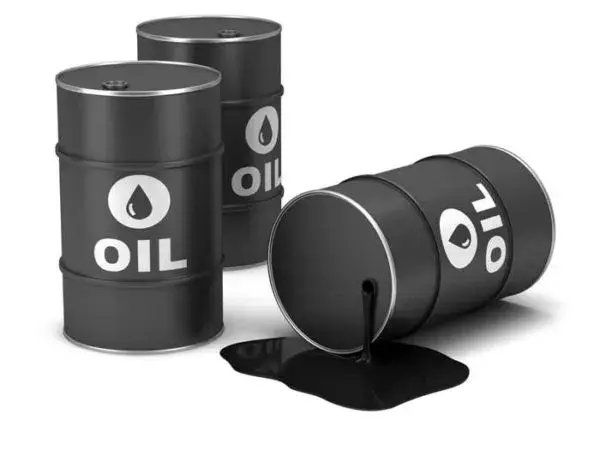Share Share Share Share Email Domen Zavrl is a dual PhD holder, having studied applied macroeconomics and system dynamics. Professor Zavrl also attended Dartmouth University, where he completed the Tuck Executive Education programme. This article will look at commodities trading and how supercharged data and analytics capabilities are paving the way for improved trading efficiencies and accuracy.
Centring around market intelligence, commodities trading has evolved considerably over a short space of time. Until relatively recently, most of the work was conducted via telephone, with traders contacting brokers to learn who was doing what and where market volumes were moving. The trader would gather this information from a variety of sources, many of which would be neither reliable nor up to date.

It was the trader’s responsibility to aggregate all of this data, assembling it themselves and analysing it manually for insights. In late 1982, the arrival of the Bloomberg terminal took financial trading by storm, marking the first significant leap toward digitalisation. The technology made blind spots more visible, particularly in the fixed-income and equities markets, enabling more organisations to access quality market intelligence.
Today, several technologies drive digitalisation in commodities trading. The internet of things has revolutionised the logistics industry by facilitating real-time tracking of all manner of vehicles. Meanwhile, in the maritime sector, advanced satellite and terrestrial networks monitor fleets wherever they are on the planet.
In addition, drones can be utilised to see what is going on in locations such as oil tank farms. Digitalisation of commodities trading analytics has largely occurred on a piecemeal basis, with some industries undergoing digital transformation at a faster pace than others. One of the slower market arenas to innovate has been shipping, with some market players still relying on fax machines and demanding manual signatures on contracts.
Nevertheless, accurate information detailing the whereabouts of vessels remains incredibly important. For example, as history has shown, congestion in the Suez Canal or Panama Canal that slows down vessels carrying metals and other dry market materials to a particular port can trigger a massive economic impact. Forward-looking global companies with large trading portfolios are keen to test out tracking technologies, adopting platforms capable of saving them time and providing more revenue.
The oil industry in particular has been quick to digitalise, largely because the market is commonly used as a macroeconomic indicator, meaning it has a significant impact on financial flows around the world. The digital revolution is driving unparalleled change in commodities trading. Whereas traditionally market intelligence was garnered from a handful of experienced operators, over the course of just a decade everything has changed, with access to information becoming universal and democratic in the blink of an eye.
As an industry, commodities trading has seen margins erode and competition increase significantly in tandem with this explosion of available data. In addition, the visibility and transparency of information has also greatly improved the efficiency of commodities markets, with the vastly increased availability of data paving the way for a rise in algorithmic trading, operating on thin margins and high volume. From AI and automation to coding with democratised datasets, commodities trading is currently undergoing a seismic shift.
Today, websites powered by automatic identification system transponders track the movement of vessels all over the world, feeding this information into the commercial systems of multiple industries, including commodities trading. Radical technological advancements have enabled traders to track ships in real time and make smarter, data-informed decisions about the movement of goods around the world, including everything from metal and oil to cotton and electrical products. The availability of this information is rapidly becoming a cornerstone of trading fundamentals, leveraging data to provide a bigger and more accurate picture of the world.
Related Items: Analytics , Commodities , Commodities Analytics , Domen Zavrl Share Share Share Share Email Recommended for you When to Hire an Analytics Consultant: Key Signs Your Business Needs Data Expertise How to Use Artificial Neural Networks for Predictive Analytics Analytics implementation success factors – which solution to choose? Comments.
Technology

Domen Zavrl: The Digitalisation of Commodities Analytics

Domen Zavrl is a dual PhD holder, having studied applied macroeconomics and system dynamics. Professor Zavrl also attended Dartmouth University, where he completed the Tuck Executive Education programme. This article will look at commodities trading and how supercharged data and analytics capabilities are paving the way for improved trading efficiencies and accuracy. Centring around market [...]The post Domen Zavrl: The Digitalisation of Commodities Analytics appeared first on TechBullion.













